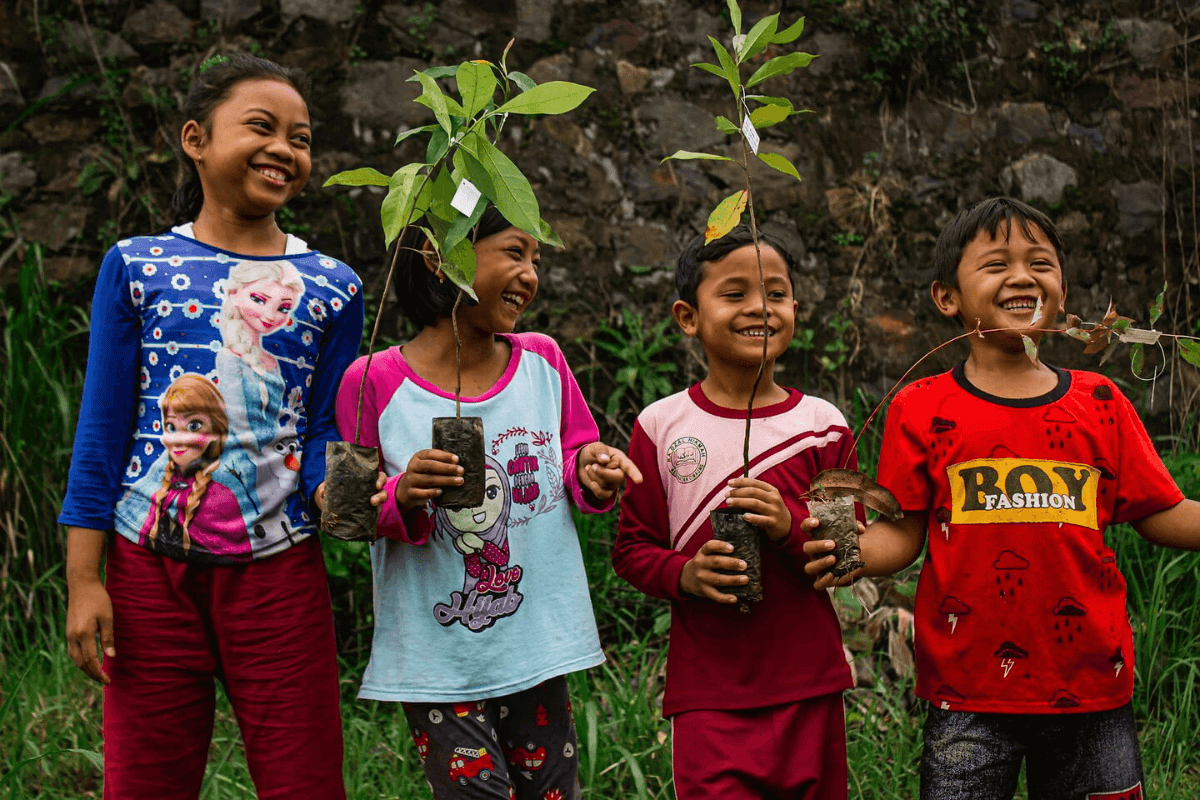ROLL UP YOUR SLEEVES,
PLANT YOUR OWN TREE!
PLANT YOUR OWN TREE FOR JANE
Planting one tree might seem like a small thing to do as we face such an enormous crisis. But Trees for Jane believes that everyone can make a difference. You plant one tree, but then thousands, maybe millions more like you around the world do the same—it all adds up to a more healthy and sustainable planet.
Beyond helping to save the climate and the environment, planting trees can be good for personal health, especially in urban areas where trees provide shade, beauty, joy, and many other benefits. Planting and caring for a tree can also be a great way to connect to nature.
Trees, like all living creatures, require ongoing care. And on a social level, tree planting can bring people together, serve to commemorate a special occasion, or be an excellent gift for someone special.

CARING FOR YOUR TREE
When you follow the instructions below to plant and care for a tree for Jane, you contribute directly to our planet's re-greening. But keep in mind that planting and caring for a tree is a commitment. Please review our Trees for Jane instructions and guidelines to help ensure that your trees not only survive but thrive!
Alternatively, you can donate so others can plant a tree. Your contribution will be directed toward one of our many community-based larger scale projects. Whatever way you choose—it all adds up. We can all make a difference if everyone does their part!
HOW TO PLANT YOUR TREE
The best time to plant a tree was 20 years ago. The second best time is now.
– Chinese Proverb
For complete step-by-step instructions for selecting and planting your tree for Jane, please see our
YOU CAN ALSO SHARE YOUR TREE WITH
#TREESFORJANE
